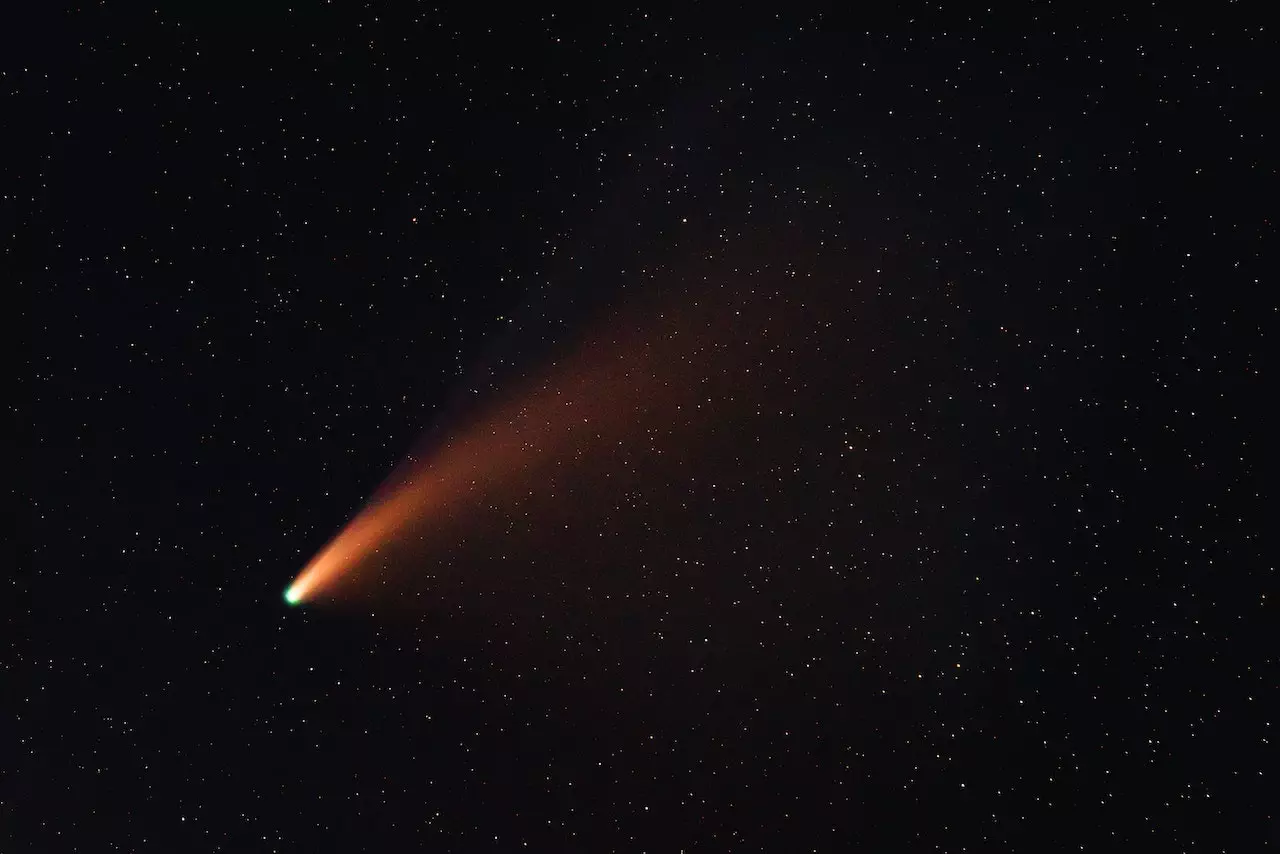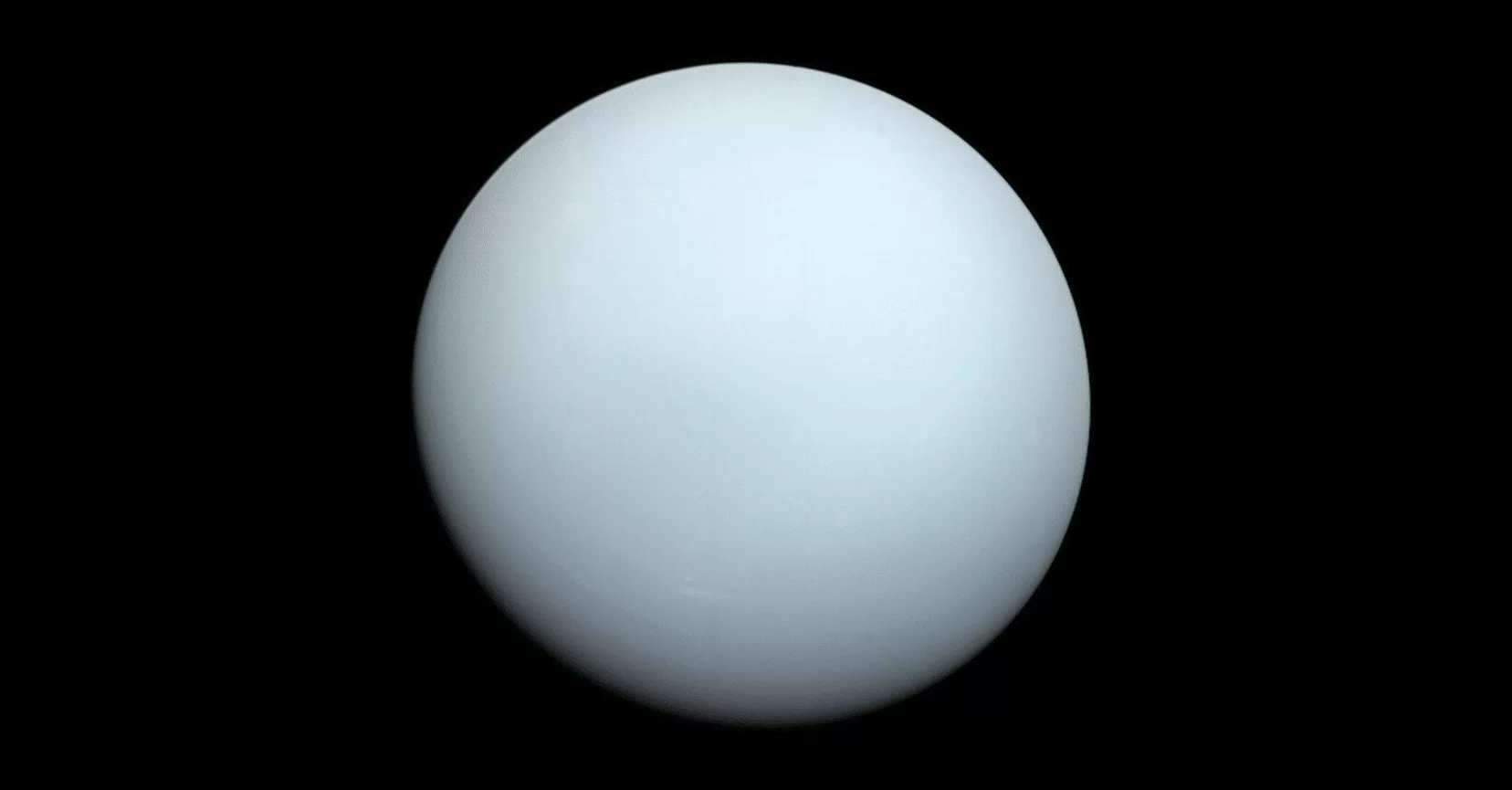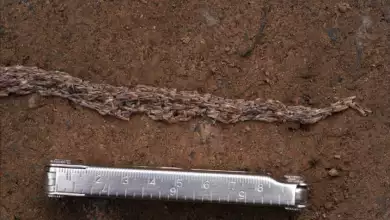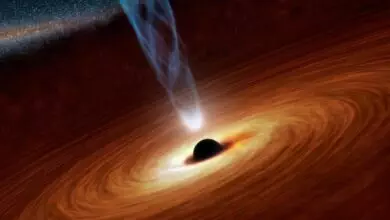
In a historic breakthrough, James Webb discovered the waters surrounding rare comet
New observations provide further evidence that Earth’s water was delivered by ancient space rocks.
The James Webb Telescope has discovered water around a rare comet in the main asteroid belt between Jupiter and Mars.
The new observation represents another scientific breakthrough for Webb. Because it’s the first time gas—here in the form of water vapor—has been observed around a main belt asteroid.
The discovery suggests that water may have been preserved as ice in the main asteroid belt during the early evolution of the solar system.
Related Article: James Webb discovers ‘celestial monster’ stars
Webb detects waters surrounding rare comet in the asteroid belt
Scientists believe that the space rock is called Comet 238P Reed. It could provide key evidence for theories that suggest water was delivered to Earth by comets and asteroids.
“In the past, we have seen main belt objects with all the characteristics of comets. But only with this precise spectroscopic data from the James Webb Telescope can we say ‘yes’; it is water ice that is creating this effect.” Michael Kelly, an astronomer at the University of Maryland who led this research, explained this in a press release.
“With the James Webb Telescope’s observations of Comet 238P Reed,” Kelly continued”. “We can now demonstrate that water ice from the early solar system can be preserved in the asteroid belt.”
The observation, detailed in a new paper in the journal Nature, also produced another surprise. Astronomers are expected to detect carbon dioxide around comet 238P Reed. There weren’t any present, and they’re not entirely sure why. But carbon dioxide makes up roughly 10 percent of the volatile matter in comets.
“Staying in the asteroid belt for a long time could do that,” Kelly said. “Carbon dioxide evaporates more easily than water ice and can escape over billions of years.” Alternatively, the comet may have formed in a part of the solar system devoid of carbon dioxide.
Related Article: Extreme Seasons of Uranus Unveiled by JWST
James Webb can help us understand our “water-filled world” better
The new note is another feather in the cap of the James Webb team. Because it marks the first time gas has been confirmed in a main-belt comet. Unlike asteroids, which are made of rocky material. Comets are made of ice and dust and are usually found in the far reaches of the solar system.
However, astronomers have recently discovered relatively nearby comets in the main asteroid belt, making them a prime target for Webb.
Related Article: The James Webb Space Telescope Explores Lava Worlds
“Our water-filled world, full of life and unique in the universe as far as we know, is something of a mystery. We’re not sure how all this water got here,” Stephanie Milam, co-author of the research and deputy project scientist for the James Webb Planetary Science Telescope, explained in the press release. “Understanding the history of water distribution in the solar system will help us understand other planetary systems and whether they are on their way to hosting an Earth-like planet.”
Next, the team aims to look beyond Comet 238P Reed to determine whether other comets have similar compositions. In the meantime, the James Webb Telescope will continue to uncover the mysteries of the universe and shed new light on distant phenomena—such as the first asteroid belt observed outside our solar system—that will help us better understand our place in the universe.








